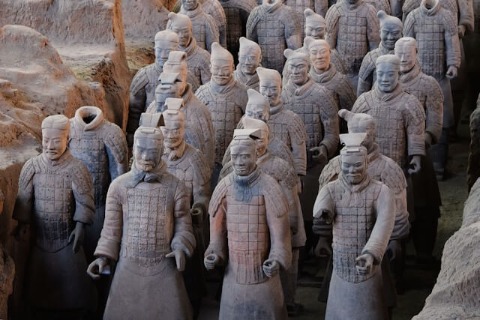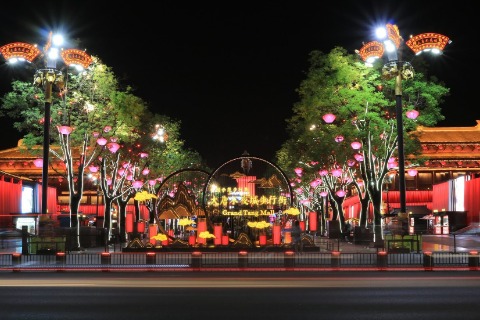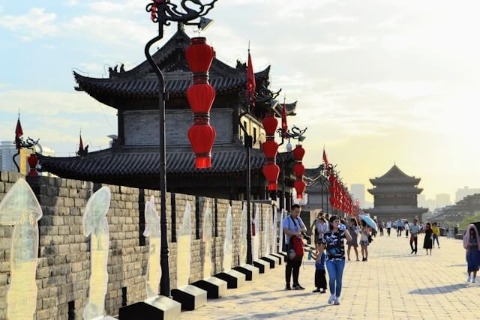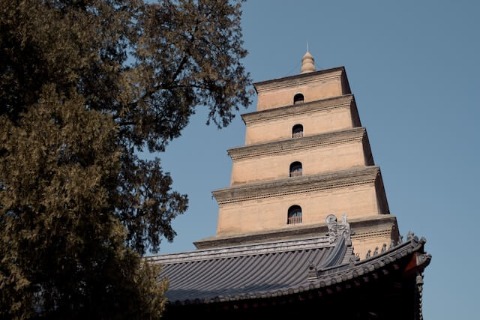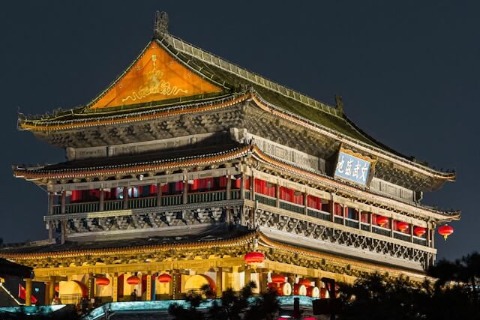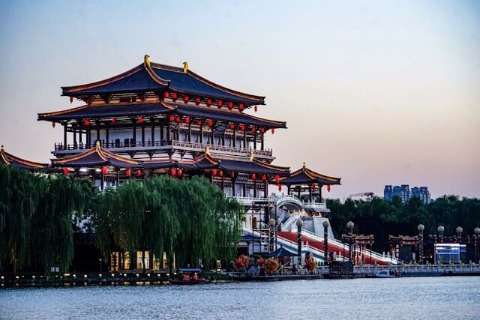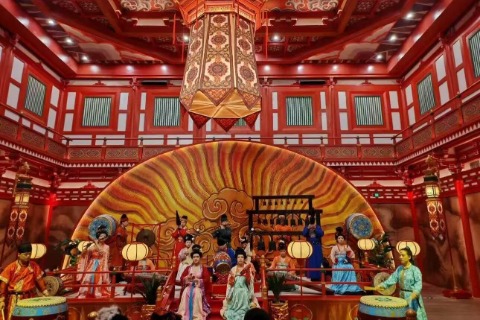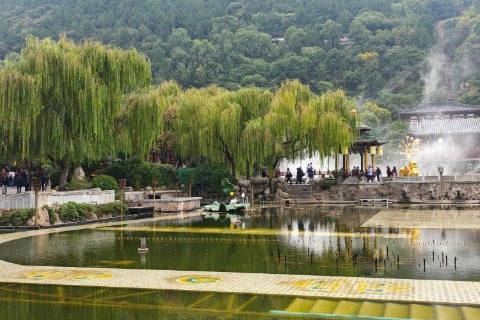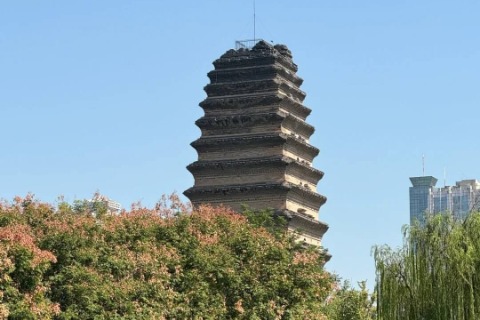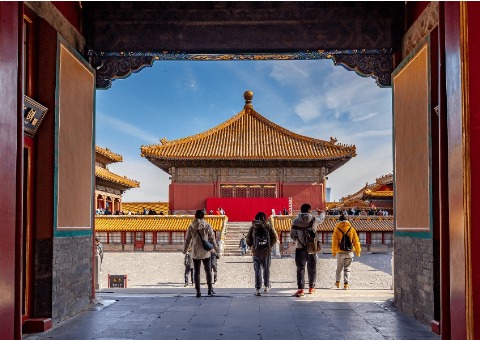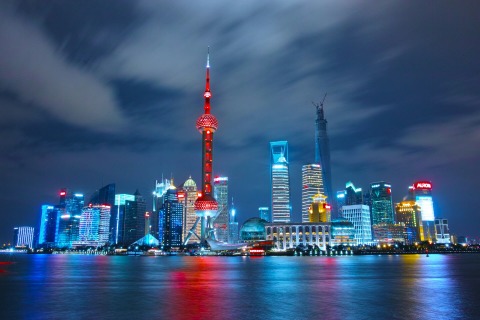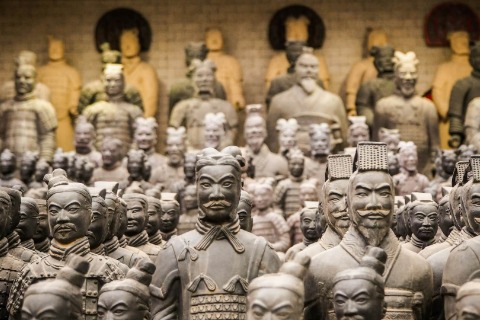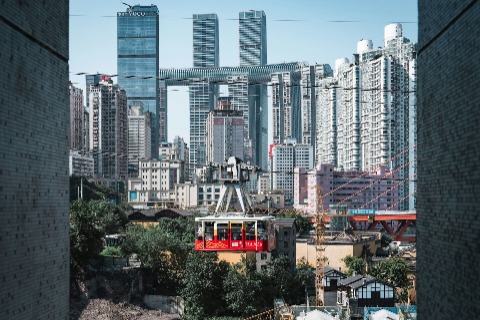Huaqing Palace
It’s one of China’s four great royal gardens, alongside the Summer Palace, Yuanmingyuan, and Chengde Mountain Resort
Huaqing Palace was a leisure retreat for the emperors during the Tang Dynasty. It’s one of China’s four great royal gardens, alongside the Summer Palace, Yuanmingyuan, and Chengde Mountain Resort. Its history goes back to the Western Zhou period when it started as an outdoor hot spring. During Emperor Xuanzong‘s reign, Huaqing Court reached its peak, featuring grand palaces and hot spring facilities. It’s famous not just for its year-round hot springs, but also for the love story of Emperor Ming and Yang Guifei, and for being the site of the Xi’an Incident, making it a popular spot for Xi’an travel.
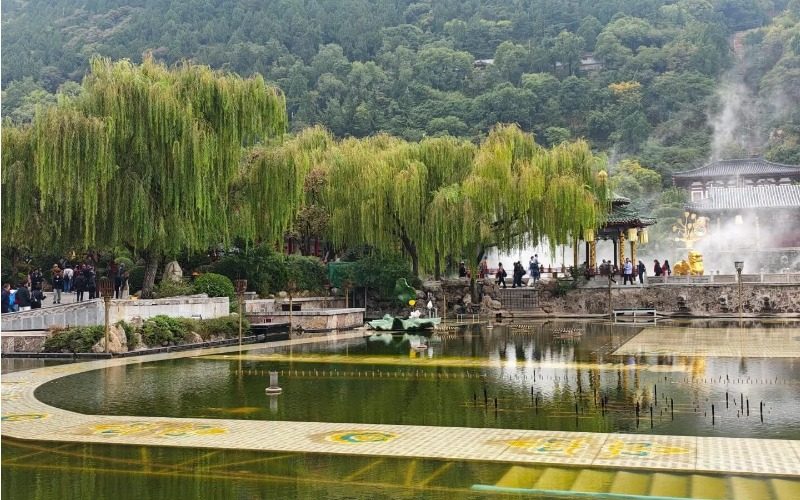
Table of Contents
Highlights of Huaqing Palace
Tangyu Hot Spring Ruins Museum (Chinese name: 唐御汤遗址博物馆)
The Tangyu Hot Spring Ruins Museum is China’s first hot spring museum. It’s the only site-specific museum showcasing the royal hot springs from the Tang Dynasty. Inside, there are four exhibition halls: the Haotang Pool Hall, the Lotus Pool Hall, the Star Pool Hall, and the Shangsih Pool Hall, plus an outdoor hot spring known as the Crown Prince Pool. The Lotus Pool was specifically for Emperor Xuanzong’s baths, named for its lotus flower shape. The Haotang Pool was a bathing area given by Emperor Xuanzong to Yang Guifei, named for its resemblance to the begonia flower. Here, you can learn about the leisure hot springs and lifestyle of the Tang Dynasty royalty.
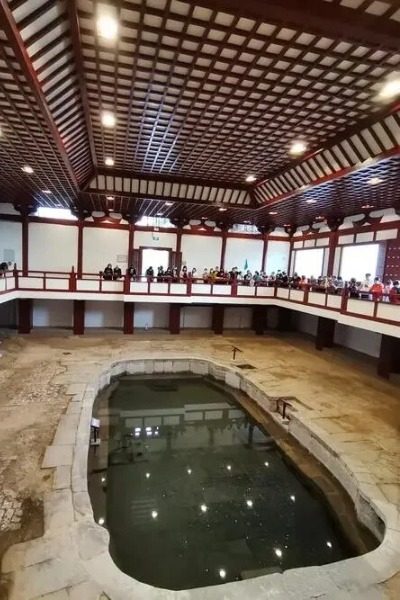
Wujian Hall (五间厅)
In 1936, Chiang Kai-shek visited Shaanxi twice and stayed in Wujian Hall at Huaqing Pool while planning high-level military meetings. On December 12 of that year, Zhang Xueliang and Yang Hucheng initiated the Xi’an Incident here, detaining Chiang Kai-shek. Wujian Hall still features many historical artifacts, including Chiang’s bedroom, office, and the meeting room where they planned attacks on the Red Army. You can also see bullet marks on the walls and windows from the Xi’an Incident.
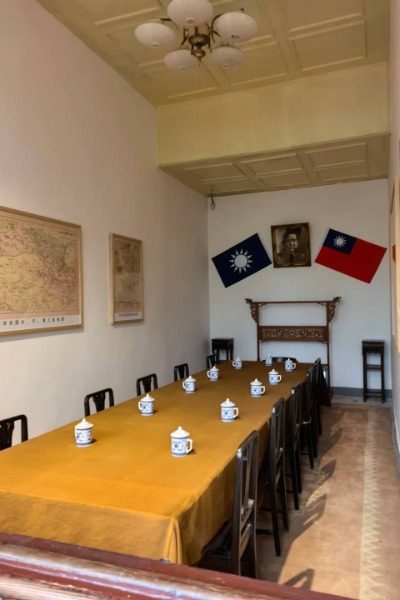
Palace of Eternal Youth (长生殿)
The Palace of Eternal Youth was first built in the sixth year of the Tianbao era during the Tang Dynasty (748 AD). It was originally dedicated to the spirit tablets of seven emperors from the Tang Dynasty, starting with Emperor Gaozu, so it’s also called the Seven Saints Hall. Not only is the Palace of Eternal Youth one of the main structures of Huaqing Hot Springs, but it’s also famous for the love story of Emperor Xuanzong and Yang Guifei. The legend of their Qixi love vow here has made the Palace of Eternal Youth a symbol of classical romantic love in China.
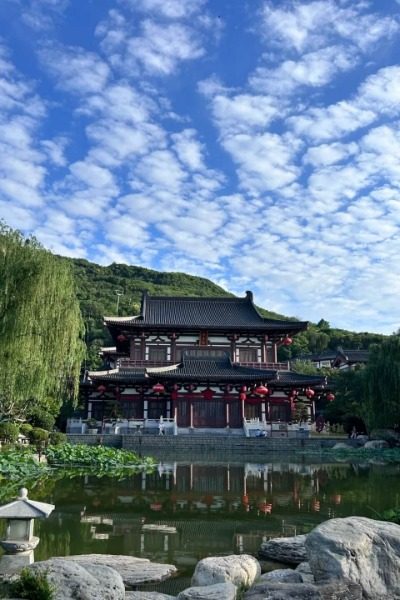
Pavilion of Military Advice (兵谏亭)
The Pavilion of Military Advice was Chiang Kai-shek’s hideout during the Xi’an Incident. It stands 4 meters tall and 2.5 meters wide—seemingly unremarkable, but it holds significant meaning due to its connection to this major event in Chinese history. On the west side of the pavilion hangs a plaque reading “Capture Chiang Pavilion,” while the east side features a relief titled “Force Chiang to Resist Japan,” vividly reflecting the situation at the time. Inside, there’s a stone tablet with an inscription titled “Overview of the Xi’an Incident,” which briefly introduces what happened.
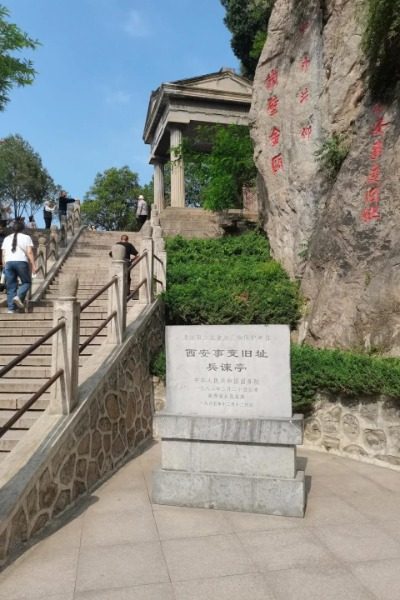
Lishan Mountain (骊山)
In Chinese legend, during the distant times of creation, Nuwa repaired the sky using stones on the magical land of Lishan, bringing hope and light to the world with her wisdom and courage. Since the Western Zhou period over 3,000 years ago, Lishan has been a favored leisure spot for feudal emperors. King You of Zhou even staged the farcical “Beacon Fire to Fool the Lords” here. Lishan reaches an elevation of 1,302 meters, with lush trees that, from a distance, resemble a majestic dark horse, which is how it got its name.
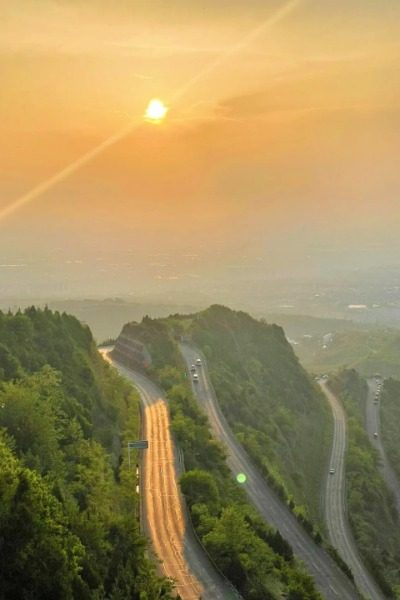
Treasure Hall (珍宝馆)
The Treasure Hall houses a vast collection of precious artifacts, including ceramics, gold and silver items, jade, and paintings. These exhibits not only showcase the artistic achievements of the Tang Dynasty but also reflect the social life and aesthetic tastes of the time. The hall’s most prized possession is the Tang Tricolor Pottery Chiwen. This dragon-like figure, known as the ninth son of the dragon, is often placed on rooftops. Its lifelike appearance and intricate carvings symbolize the sanctity of imperial power.
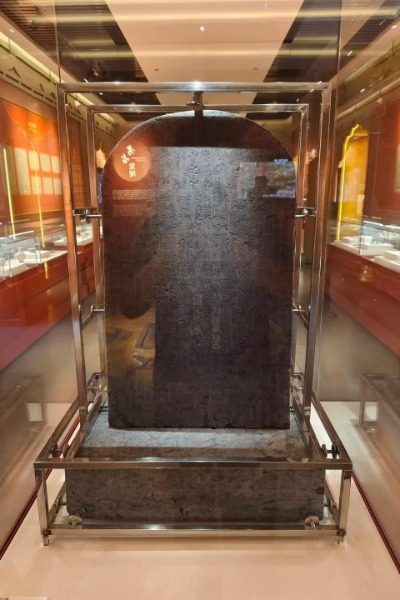
Performance at Huaqing Palace
12.12 Performance (12.12表演)
The 12.12 Performance at Huaqing Palace is a large-scale outdoor show set against the backdrop of the Xi’an Incident. Using high-tech stage techniques and cinematic artistry, it vividly recreates the historical events of December 12, 1936, when Zhang Xueliang and Yang Hucheng launched the incident. Tickets for the performance are priced at 258 CNY (about 36 USD) per person, and the show lasts 60 minutes. It takes place at the Yaoguang Pavilion Theater within Huaqing Palace, with multiple performances scheduled daily in the morning and afternoon. Specific showtimes are announced by the site each day.
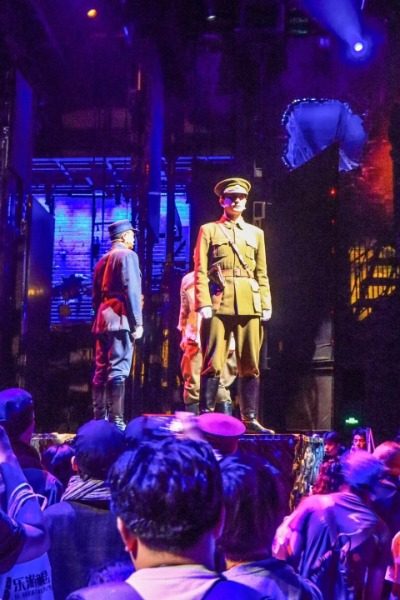
The performance of “The Song of Everlasting Regret” at Huaqing Palace is a large-scale historical dance drama centered on the love story of Emperor Ming and Yang Guifei. Set against the backdrop of Lishan Mountain and using Huaqing Pool as the stage, the show beautifully blends history with reality and nature with culture. Through stunning landscapes, classical music and dance, poetic narration, and high-tech lighting and sound effects, it showcases the grandeur of the Tang Dynasty and the timeless legend of their love. This performance is the most popular and acclaimed attractions for visitors during their Xi’an trip.
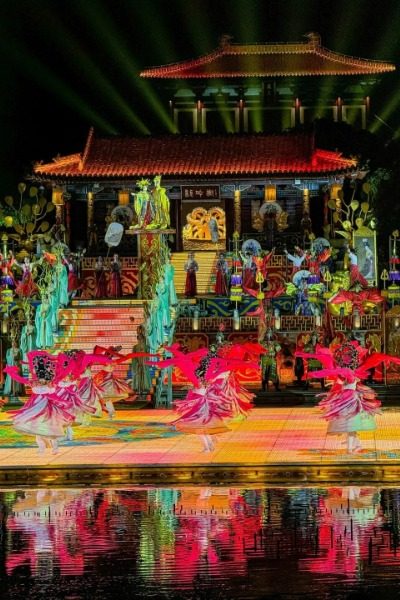
Q&A About Huaqing Palace
- What is the “Xi’an Incident”?
The Xi’an Incident, also known as the Double Twelve Incident, was a military coup that occurred on December 12, 1936, in Xi’an, Shaanxi Province, China. During the early stages of Japan’s invasion of China, Chiang Kai-shek implemented a policy of “stabilizing the interior before resisting the exterior,” which led to the withdrawal from Northeast China and the loss of vast territories. This sparked dissatisfaction among the Chinese public and the Northeast Army. On the morning of December 12, Zhang Xueliang and Yang Hucheng surrounded Huaqing Palace with part of the Northeast Army and detained Chiang Kai-shek. After two weeks of negotiations, Chiang accepted the proposal to stop the civil war and unite against Japan. - Can the ticket for Huaqing Palace be used for the “Song of Everlasting Regret” performance?
No, the ticket for Huaqing Palace does not include admission to the “Song of Everlasting Regret” performance. Tickets for the performance start at 238 CNY and must be purchased separately. If you only want to watch the “Song of Everlasting Regret,” you don’t need to buy a Huaqing Palace ticket, as the performance starts after the palace closes in the afternoon.
Practical Travel Tips
- Since Huaqing Garden is located in northern Shaanxi, spring and fall are the best times to visit. Summers can be a bit humid, and winters can get quite windy. So, it’s a good idea for visitors to dress according to the weather and bring some protective gear.
- In the summer, make sure to bring a sun umbrella and sunscreen because the sun can be pretty strong in the area.
- You can enter just to see the “Song of Everlasting Regret” performance without buying a ticket for Huaqing Palace, but you can’t use your performance ticket to explore the palace grounds.
- Huaqing Palace closes at 6:30 PM, and security will ask you to leave. They need to clear the area for the “Song of Everlasting Regret” performance.
Hours and Fees
Hours
- 7:00 AM to 6:00 PM. Ticket sales stop at 5:30 PM, and entry ends at 5:40 PM. After closing, the “Song of Everlasting Regret” performance takes place in the garden.
Admission
- 120 CNY (about 17 USD)
How to Get to Huaqing Palace
By Bus
- You can take buses 307, 914, 915, and Tourist Line 5 (306 Express) and get off at the Huaqing Pool stop(华清池站).
By Subway
- You can take Metro Line 9 to Huaqing Pool Station(华清池地铁站). After getting off, walk about 3 minutes from Exit B or C to reach Huaqing Palace.

